Recliner Sectional Sofas - Maximum Comfort Meets Functional Design
Recliner sectionals represent the pinnacle of living room comfort, combining the spacious seating of sectional sofas with the personalized relaxation of individual recliners. These versatile pieces have evolved from basic furniture to sophisticated centerpieces that offer both style and exceptional functionality for modern households.
In this comprehensive guide, we explore the world of recliner sectionals, examining different types, features, and configurations to help you find the perfect match for your space and lifestyle. Whether you're creating the ultimate home theater experience, designing a comfortable family gathering space, or simply seeking the perfect spot for relaxation, this review will guide you through the key considerations and top options available in today's market.
Our Recliner Sectional Recommendations
⚠️ AFFILIATE DISCLOSURE: This website contains affiliate links. As an Amazon Associate, we earn from qualifying purchases. If you make a purchase through these links, we may receive a small commission at no additional cost to you. Read our full affiliate policy.
Recliner Sectional Comparison & Recommendations
Which Recliner Sectional is Right for Your Home?
🏆 Best Overall: Power Recliner Sectional
Premium Power Model
💰 Best Value: Manual Recliner Sectional
Manual Reclining Model
⭐ Best for Small Spaces: Compact Recliner Sectional
Space-Saving Design
Comparison Summary
- Comfort Features: Power models offer superior adjustability while manual models provide reliable performance
- Space Requirements: Wall-hugger designs minimize clearance needs for room flexibility
- Durability: Manual mechanisms often have longer lifespans, while power models offer more features
- Configuration Options: Modular designs provide the most flexibility for room layout
- Material Choices: Leather offers durability while performance fabrics provide stain resistance
Recliner Sectional Advantages & Limitations
After extensive evaluation of recliner sectional options, here is a detailed analysis of the benefits and considerations across different types and price ranges:
✅ Recliner Sectional Advantages
Individualized Comfort: Each seat can recline independently, allowing multiple people to customize their seating position simultaneously.
Space Efficiency: Combines multiple recliners and seating in one cohesive piece, optimizing room layout and traffic flow.
Enhanced Relaxation: Reclining feature provides superior comfort for watching TV, reading, or napping compared to standard sofas.
Modern Features: Many models include USB charging, cup holders, storage compartments, and adjustable lumbar support.
Style Integration: Contemporary designs seamlessly blend reclining functionality with attractive furniture aesthetics.
❌ Recliner Sectional Limitations
Space Requirements: Significant floor space needed both for the furniture and reclining function clearance.
Higher Cost: Reclining mechanisms and additional features increase price compared to standard sectionals.
Maintenance Complexity: Moving parts and mechanisms may require occasional adjustment or repair over time.
Weight and Mobility: Heavy construction makes moving and rearranging challenging once placed.
Power Requirements: Electric models need access to outlets and may have cord management considerations.
Value Analysis
Recliner sectionals offer excellent value for households prioritizing comfort and functionality in their main living spaces. While they command premium prices compared to standard furniture, the combination of spacious seating, individualized comfort features, and modern conveniences justifies the investment for those who spend significant time relaxing in their living areas.
Tips for Choosing the Perfect Recliner Sectional
Selecting the right recliner sectional requires careful consideration of your space, lifestyle, and comfort preferences. Follow this expert guidance to ensure you choose a model that will provide years of satisfaction and meet your specific needs.
8 Essential Factors When Choosing a Recliner Sectional
1. Measure Your Space Precisely
Account for both the sectional footprint and reclining clearance. Measure doorways, hallways, and staircases to ensure delivery is possible. Consider traffic flow and relationship to other room elements.
2. Choose Between Manual and Power
Manual recliners offer simplicity and reliability, while power models provide ease of use and additional features. Consider your household's needs, accessibility requirements, and preference for convenience versus simplicity.
3. Evaluate Recliner Placement
Decide which seats should recline based on your typical usage. Consider corner recliners, end recliners, or all reclining configurations. Think about viewing angles and conversation areas.
4. Assess Mechanism Quality
Test the smoothness and stability of reclining mechanisms. Look for sturdy construction, quiet operation, and secure locking positions. Quality mechanisms ensure long-term reliability and safety.
5. Consider Material and Durability
Choose upholstery that matches your lifestyle. Leather offers durability and easy cleaning, while performance fabrics provide stain resistance. Consider pets, children, and maintenance requirements.
6. Evaluate Comfort Features
Look for adequate padding, lumbar support, headrest alignment, and seat depth. Test both upright and reclined positions to ensure comfort in all usage scenarios.
7. Check Additional Features
Consider built-in USB ports, cup holders, storage consoles, and adjustable headrests. These features enhance convenience but may affect cost and complexity.
8. Review Warranty and Service
Understand the warranty coverage for mechanisms, frames, and upholstery. Consider the manufacturer's reputation for customer service and parts availability for future repairs.
Recommendations Based on Room Type
- Home Theater: Power recliner sectional with cup holders and USB ports
- Family Room: Durable fabric sectional with multiple reclining positions
- Apartment Living: Compact wall-hugger design with space-saving features
- Formal Living Space: Leather sectional with subtle reclining mechanisms
- Entertainment Room: Feature-rich model with all reclining seats and modern amenities
Frequently Asked Questions About Recliner Sectionals
What is the difference between manual and power recliner sectionals?
Manual recliner sectionals use a lever or pull-handle mechanism to recline, requiring physical effort but no electrical power. Power recliner sectionals operate with motors and buttons, offering smoother operation and often additional features like USB charging ports, adjustable headrests, and lumbar support. Power models require access to electrical outlets but provide easier operation, especially for individuals with mobility issues. Manual models are generally more affordable and have fewer components that could require repair, while power models offer enhanced convenience and positioning precision.
How much space do I need for a recliner sectional?
Recliner sectionals require significant space both for the furniture itself and for reclining function. Allow at least 12-18 inches between the wall and sofa for manual recliners, and 6-12 inches for wall-hugger models. Power recliners typically need less clearance. Measure your room carefully, considering traffic flow and other furniture. Standard recliner sectionals range from 100-150 inches in width and 40-45 inches in depth when not reclined. Always check the specific clearance requirements for the model you're considering and create a floor plan to visualize the space utilization before purchasing.
Are recliner sectionals good for small spaces?
While traditional recliner sectionals require substantial space, there are compact and apartment-sized options designed for smaller rooms. Look for wall-hugger recliners that require minimal clearance, two-piece sectionals instead of larger configurations, and models with space-saving mechanisms. Some manufacturers offer sectionals specifically designed for small spaces that maintain comfort while minimizing footprint. Additionally, consider sectionals with fewer reclining seats or modular designs that can be configured to fit your specific room dimensions. Proper measurement and selective feature choices can make recliner sectionals viable even in compact living areas.
How long do recliner sectionals typically last?
Quality recliner sectionals typically last 7-12 years with proper care. The lifespan depends on usage frequency, quality of materials, and maintenance. High-end models with hardwood frames, quality mechanisms, and premium upholstery can last longer. Regular maintenance like mechanism lubrication, fabric cleaning, and avoiding overloading the recliners extends longevity. Power recliners may require motor replacement after 5-7 years of heavy use. Factors that affect lifespan include the number of people using the furniture, weight loads, cleaning practices, and environmental conditions. Investing in quality construction and proper maintenance significantly impacts how long your recliner sectional will provide comfortable service.
Can I customize the configuration of a recliner sectional?
Many recliner sectionals offer customizable configurations, allowing you to choose which seats recline, the chaise direction, and overall layout. Modular sectionals provide the most flexibility, enabling you to rearrange pieces as needed. When shopping, look for manufacturers that offer configuration options and consider your room layout, seating needs, and preferred recliner placement before making a decision. Some companies provide online configuration tools that let you visualize different arrangements. Keep in mind that customization options may affect delivery time and cost, but they ensure the sectional perfectly matches your space and functional requirements.
Conclusion
Recliner sectionals have transformed modern living spaces by offering unparalleled comfort combined with stylish design and practical functionality. These versatile pieces successfully address the desire for personalized relaxation while maintaining the social benefits of sectional seating, making them ideal for family gatherings, entertainment, and everyday comfort.
Whether you choose a power model with all the modern conveniences, a manual recliner for its reliability and value, or a compact design optimized for smaller spaces, a recliner sectional can significantly enhance your living experience. The key to satisfaction lies in careful consideration of your specific needs, room dimensions, and lifestyle requirements before making this important furniture investment.
Ready to Choose Your Recliner Sectional?
Check out the best recliner sectional selections above and find the one that best suits your needs. Each product has been selected based on thorough research and real user reviews to ensure you get the best furniture experience according to your space requirements and comfort preferences.
Related Articles You Might Like
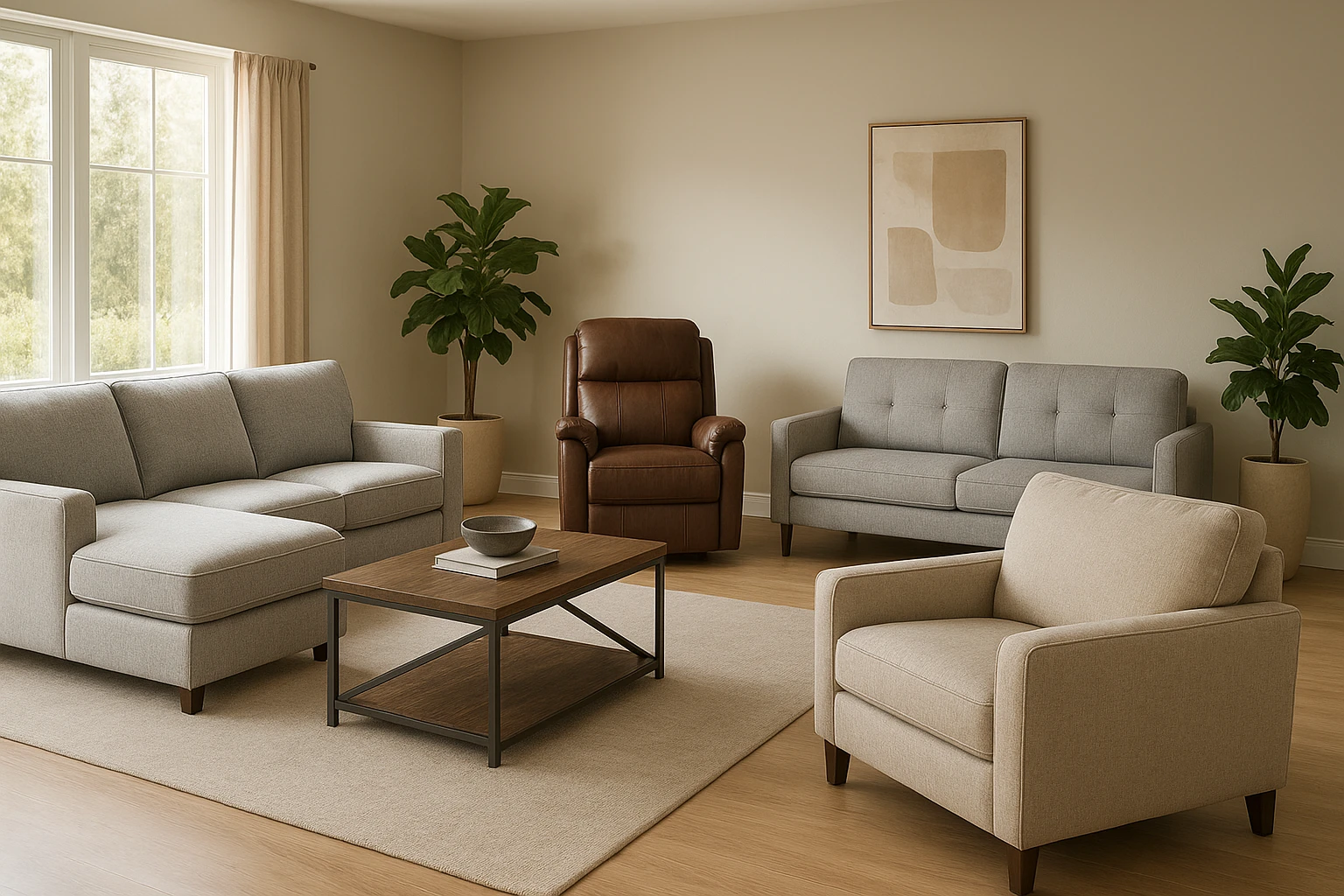
Explore the different styles of sofas available, from traditional to contemporary, and learn which type best suits your space and lifestyle needs.
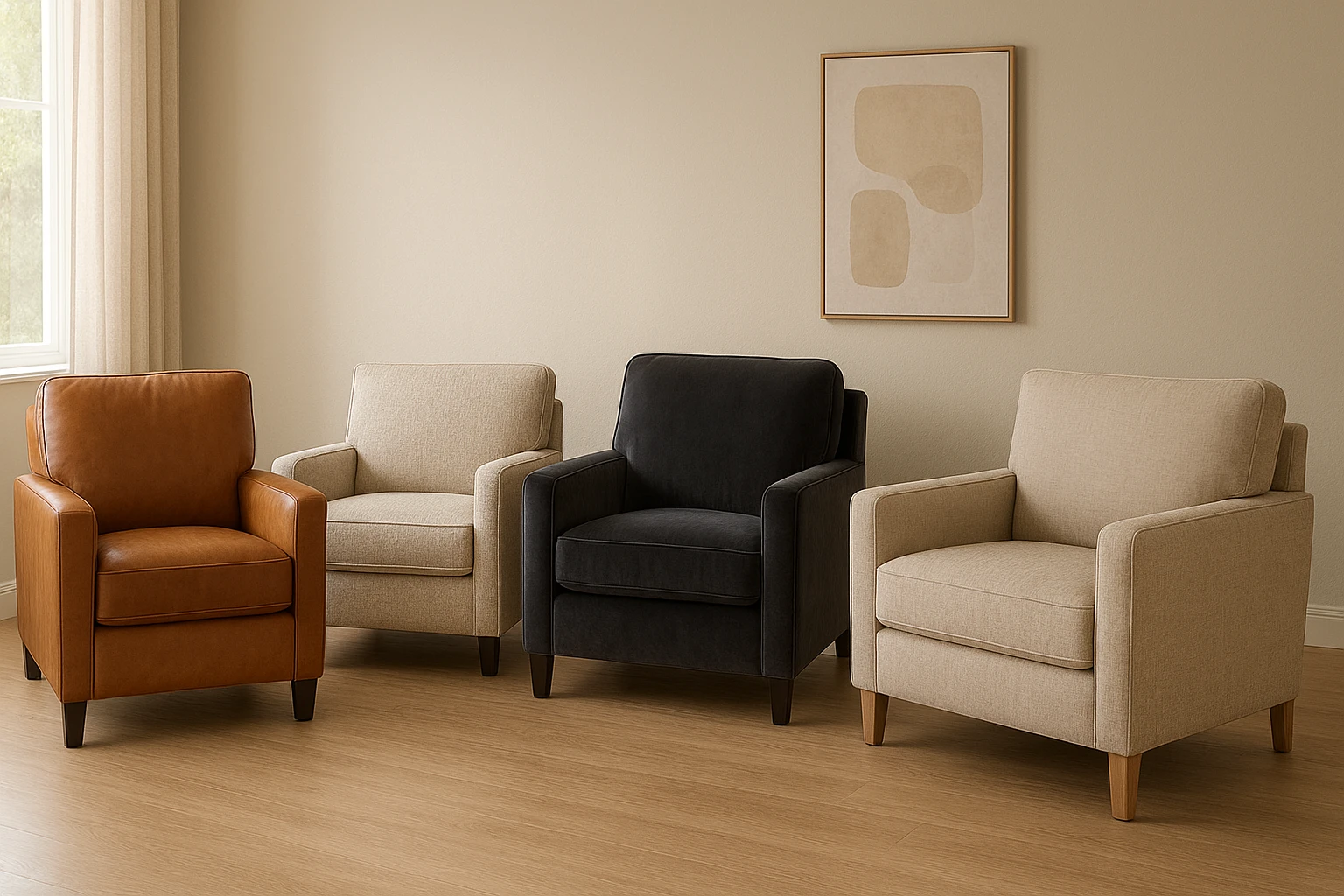
Detailed comparison of different sofa materials, their durability, maintenance requirements, and which works best for your household.
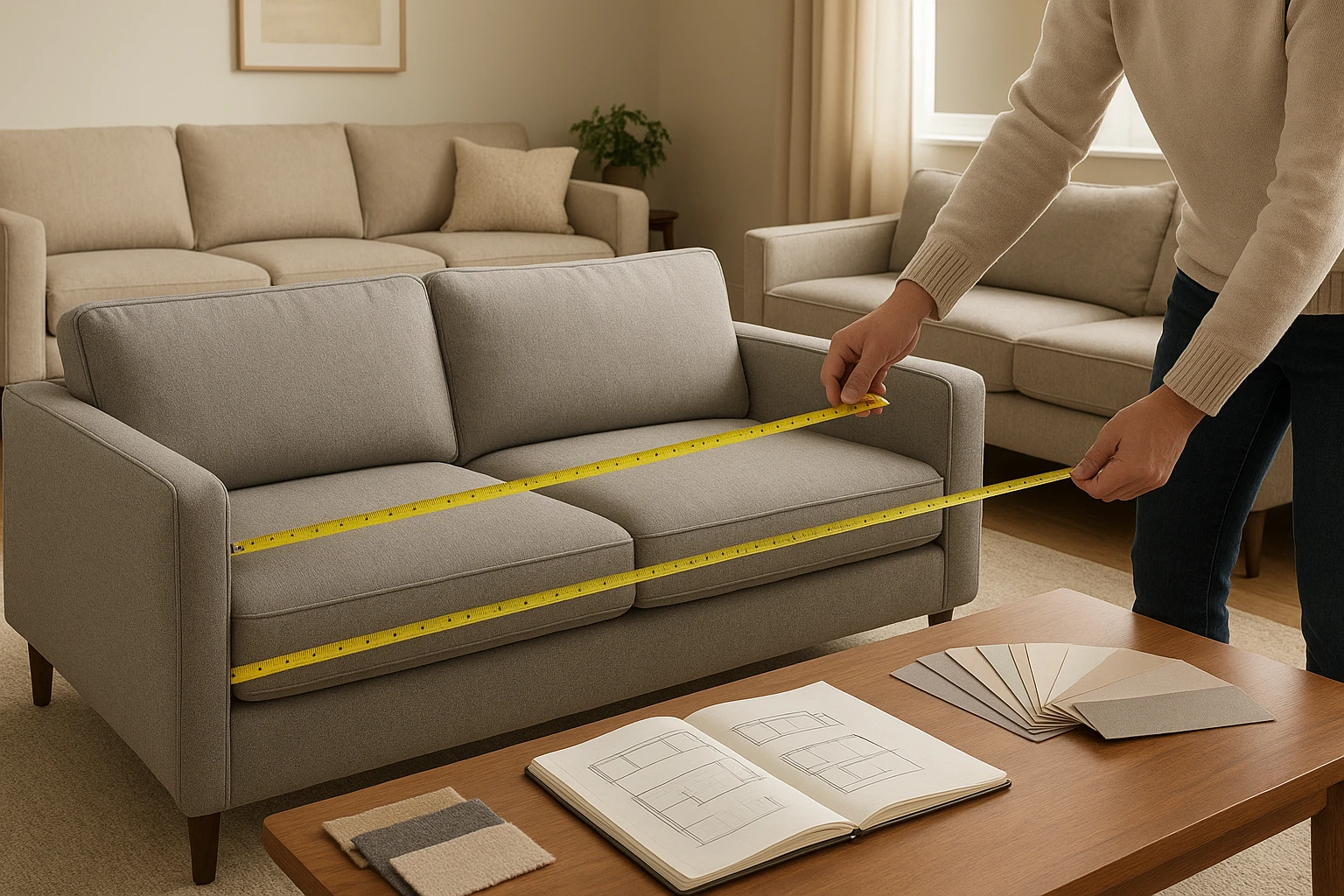
Step-by-step guide to selecting the perfect sofa based on room size, lifestyle needs, comfort preferences, and design aesthetics.
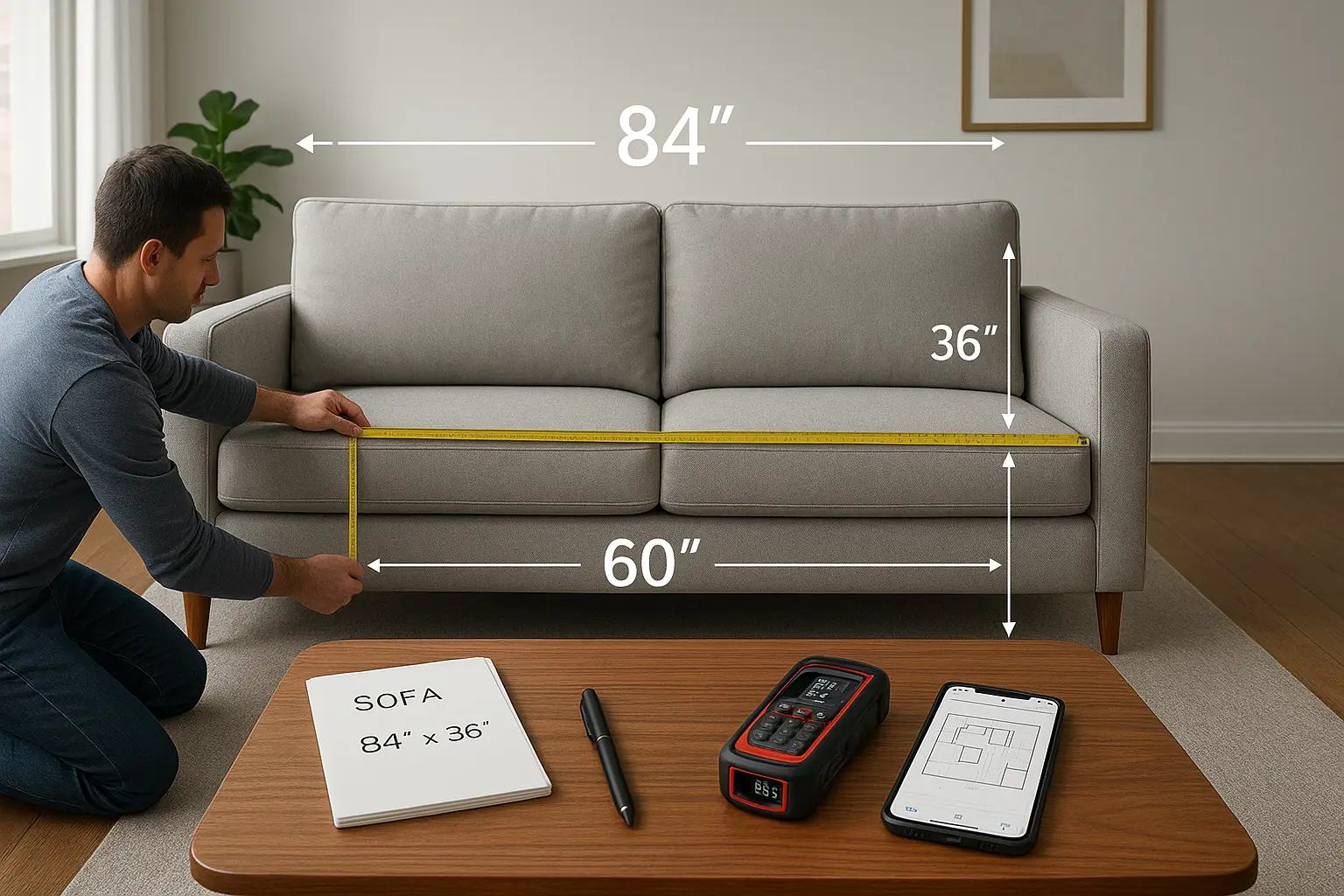
Learn how to properly measure your space and select a sofa that fits perfectly while maintaining proper traffic flow and proportion.
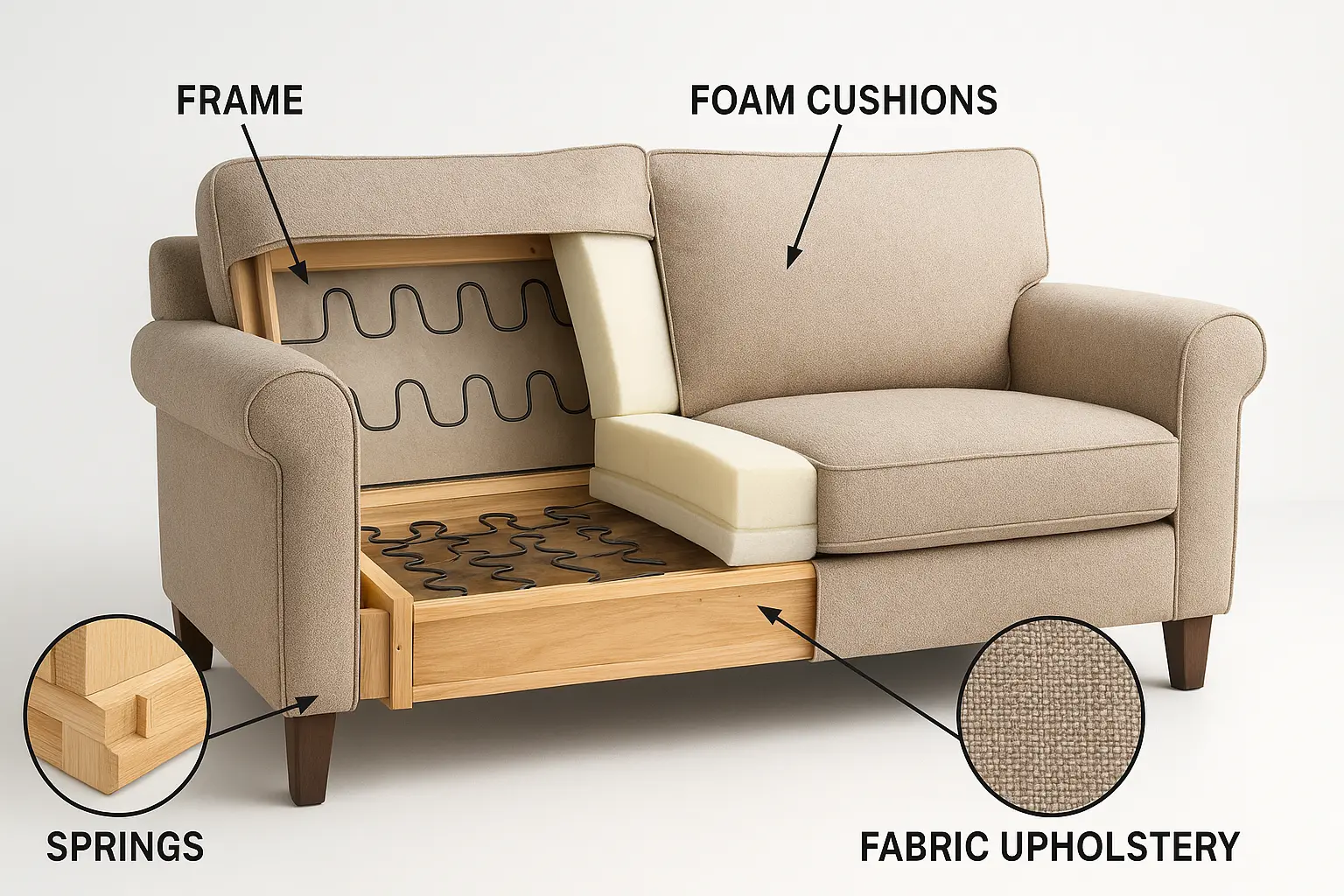
Understand the construction elements that make a quality sofa, including frame types, suspension systems, cushion materials, and upholstery techniques.

Essential advice for purchasing furniture online, including how to assess quality from photos, understand return policies, and avoid common pitfalls.